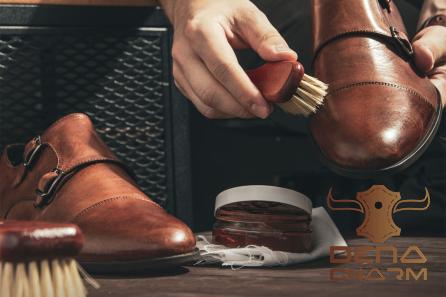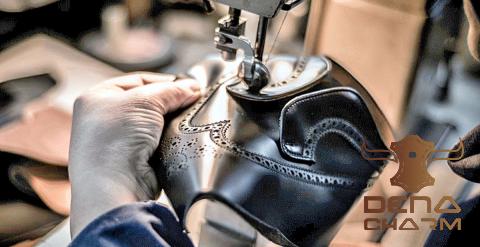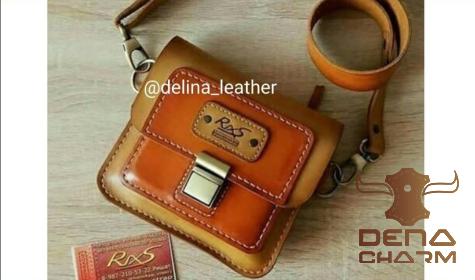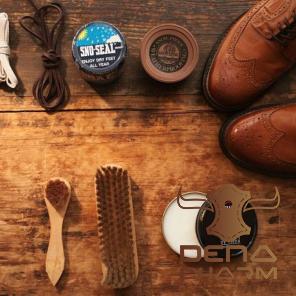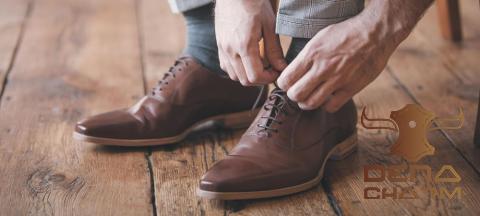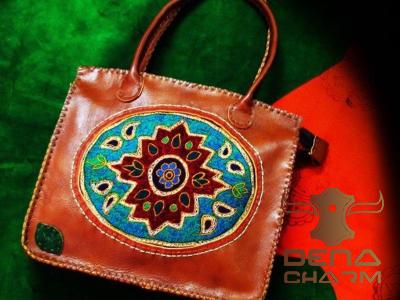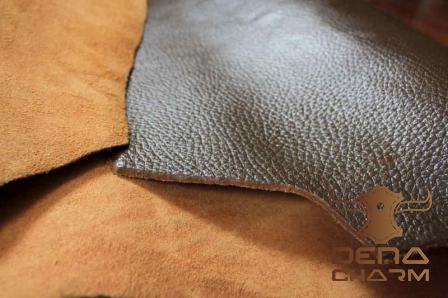The global demand for sheepskin products has been steadily rising, making the raw sheepskin market a promising business venture. This article delves into the price of raw sheepskin, explores the highest quality options available, and provides insights into the process of making raw sheepskin.
Price of Raw Sheep Skin:
The price of raw sheepskin varies based on factors such as breed, quality, and the country of origin. Sheepskin from popular breeds like Merino tends to command higher prices due to their softness and excellent insulation properties. Additionally, sheepskin sourced from countries with large populations of sheep, such as New Zealand and Australia, may have more competitive pricing due to higher supply.
On average, raw sheepskin can range anywhere from $20 to $100, depending on the size and quality. Factors like smoothness, thickness, and color also play a significant role in determining the market value of raw sheepskin. However, raw sheepskin prices are subject to fluctuations due to supply and demand dynamics, so it is important for businesses to stay informed on market trends to make informed purchasing decisions.
The Highest Quality of Raw Sheep Skin:
When it comes to raw sheepskin, the highest quality options are usually sourced from specific breeds known for their exceptional wool quality. The Merino breed, renowned for its fine and densely packed wool fibers, stands out as the crème de la crème of raw sheepskin.
Merino sheep are primarily found in New Zealand and Australia, where the animals are well-cared for in conducive natural environments. These sheep produce ultra-fine wool fibers, resulting in raw sheepskin that is incredibly soft, lightweight, and luxurious. The excellent insulation properties of Merino wool make it highly sought after for a wide range of products, including clothing, footwear, and home furnishings.
High-quality raw sheepskin should exhibit minimal blemishes and a consistent texture across the entire surface. It should also possess a certain degree of elasticity and flexibility, allowing it to be easily molded into various shapes for different applications. The natural lanolin present in the wool fibers adds another layer of desirability, providing moisture resistance, durability, and a luxurious feel.
How to Make Raw Sheep Skin:
The process of making raw sheepskin involves several intricate steps to ensure the production of a premium product. Here is a simplified overview:
Shearing: The initial step involves skillfully shearing the wool from the sheep’s body, usually done once a year. Professional shearers carefully remove the wool, avoiding any damage to the hide.
Fleshing: After shearing, the sheared hide is processed to remove any excess flesh that may still be attached. This step ensures that the final product is clean and free from impurities.
Soaking: The next stage involves soaking the sheepskin in a bath containing water and mild detergents to remove any remaining debris, dirt, or natural oils present in the hide. The length of soaking depends on the specific requirements of each batch.
Tanning: To prevent the raw sheepskin from decomposing, it is necessary to tan and preserve it. Typically, this involves immersing the sheepskin in a tanning liquid, which could be a combination of chemicals or natural compounds derived from plant extracts or animal fats. The tanning process effectively transforms the sheepskin into a durable, long-lasting material.
Drying: Once tanned, the sheepskin is slowly air-dried or placed in temperature-controlled drying rooms. This ensures that the moisture is gently removed without causing any shrinkage or distortion. Proper drying is crucial to maintaining the integrity and quality of the finished product.
Finishing: The final step involves trimming the sheepskin to a desired shape and size. It may also include treating the surface for water resistance and adding any supplementary features like backing or lining for added comfort and durability.
Conclusion:
Investing in the raw sheepskin business can be a lucrative and rewarding venture. Understanding the market prices, recognizing the highest quality options available, and gaining insights into the process of making raw sheepskin are key factors in establishing a successful business. By catering to the growing demand for sheepskin products, entrepreneurs can tap into a thriving global market while providing customers with exceptional quality and comfort.

